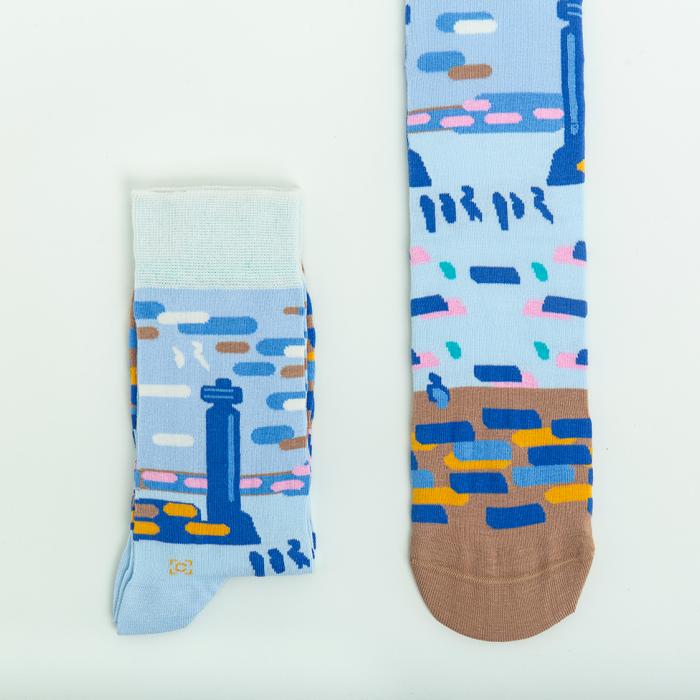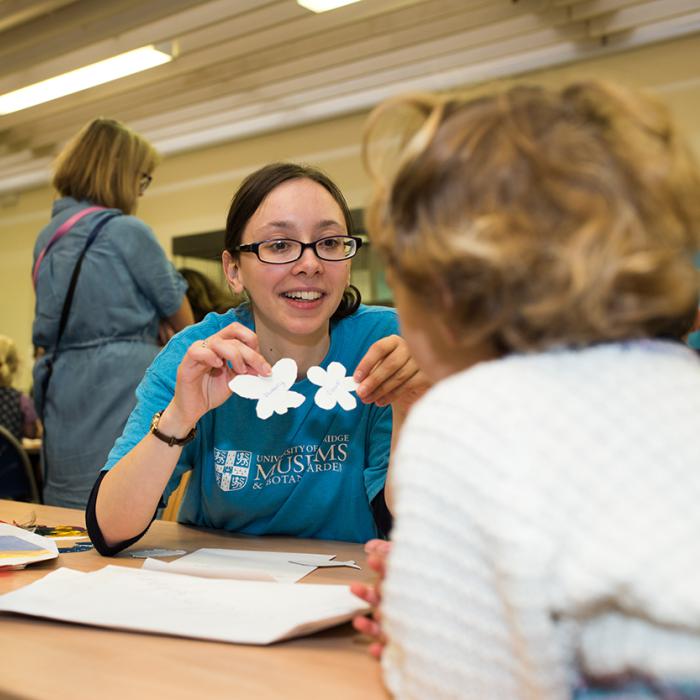Ever since prehistoric painters used constellations to decorate rocks, people have always been interested in the moon, stars and planets. Explore the solar system with orreries, astrolabes and telescopes, check out globes of the moon and planets and invent your own constellation!
Ever since prehistoric painters used constellations to decorate rocks, people have always been interested in the moon, stars and planets. Explore the solar system with orreries, astrolabes and telescopes, check out globes of the moon and planets and invent your own constellation!
Ever since prehistoric painters used constellations to decorate rocks, people have always been interested in the moon, stars and planets. Explore the solar system with orreries, astrolabes and telescopes, check out globes of the moon and planets and invent your own constellation!
The Museum of Cambridge is delighted to once again be involved in Twilight at the Museums.
Join an evening of exploration and see the Museum in a new Light. Magic Lanterns - popular image projectors used for entertainment and education for 250 years - will guide you through a story of Cambridge's history in this one-of-a-kind event. The Museum will highlight some key objects from its collection relating to both the story and lights in the city.

